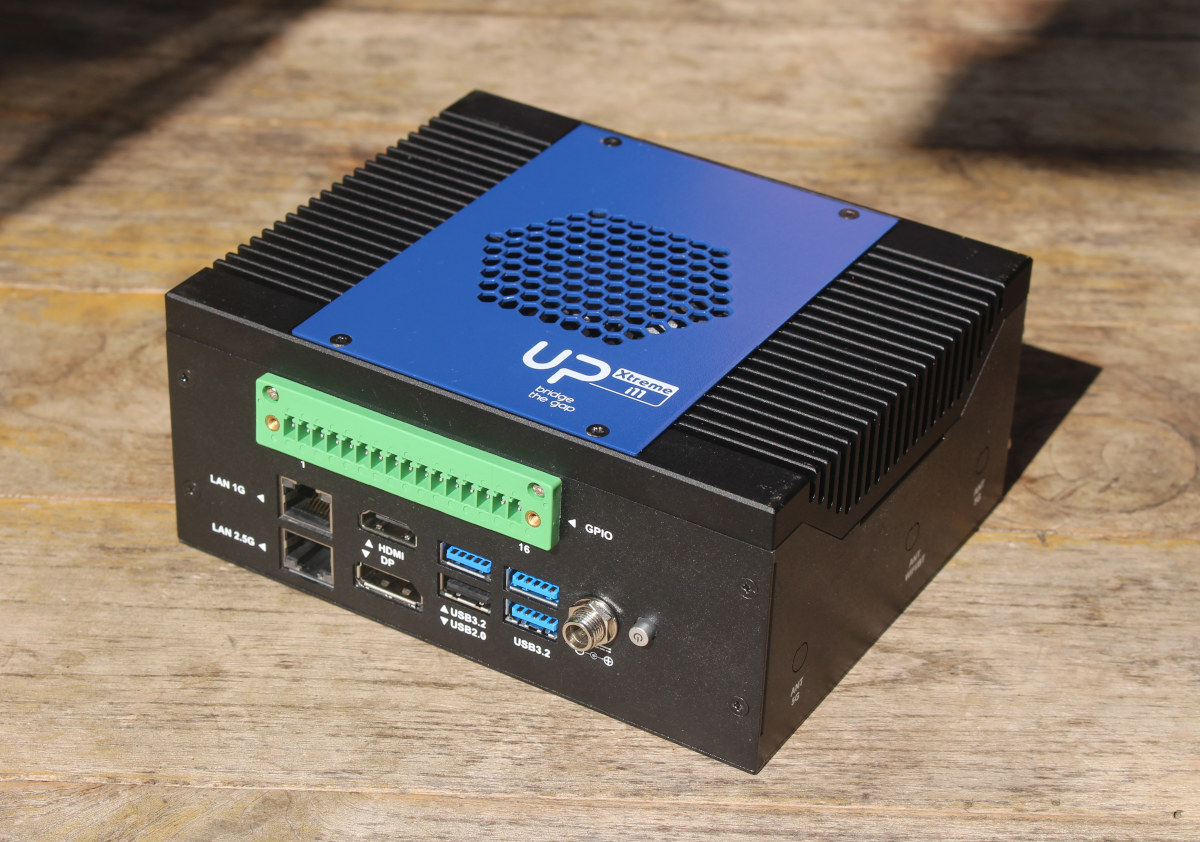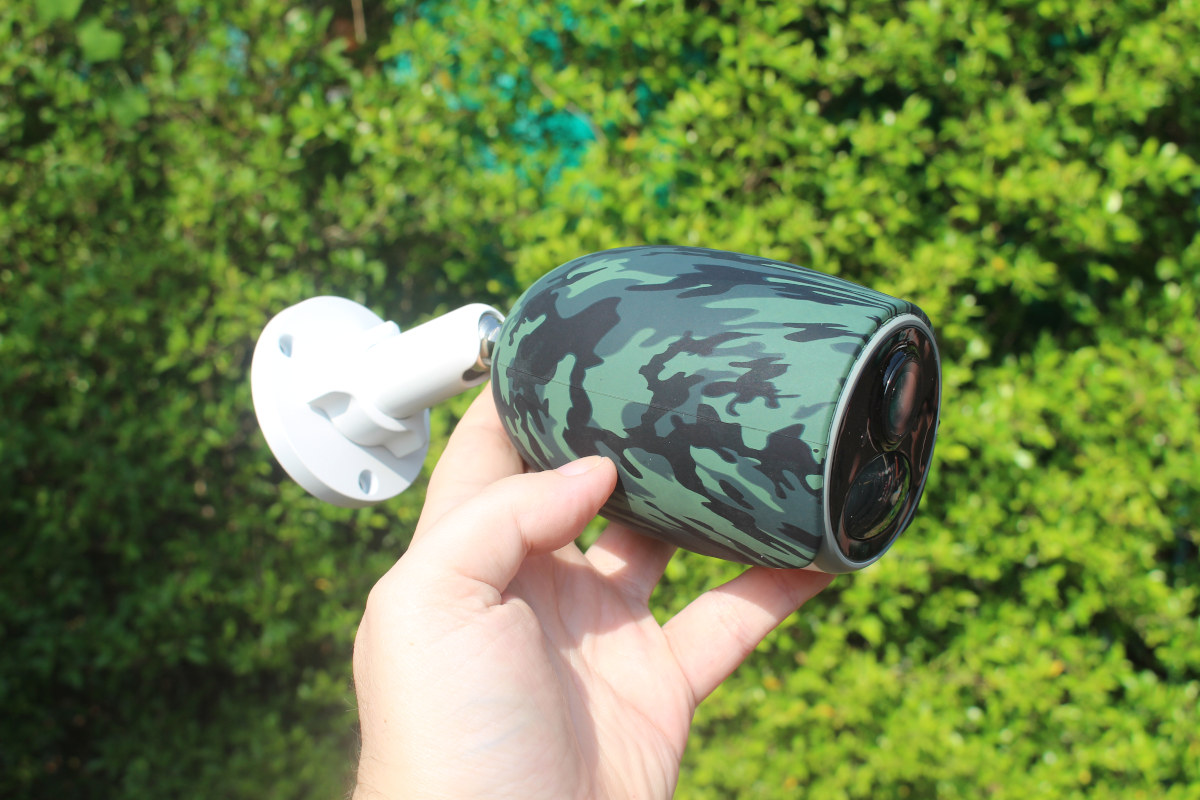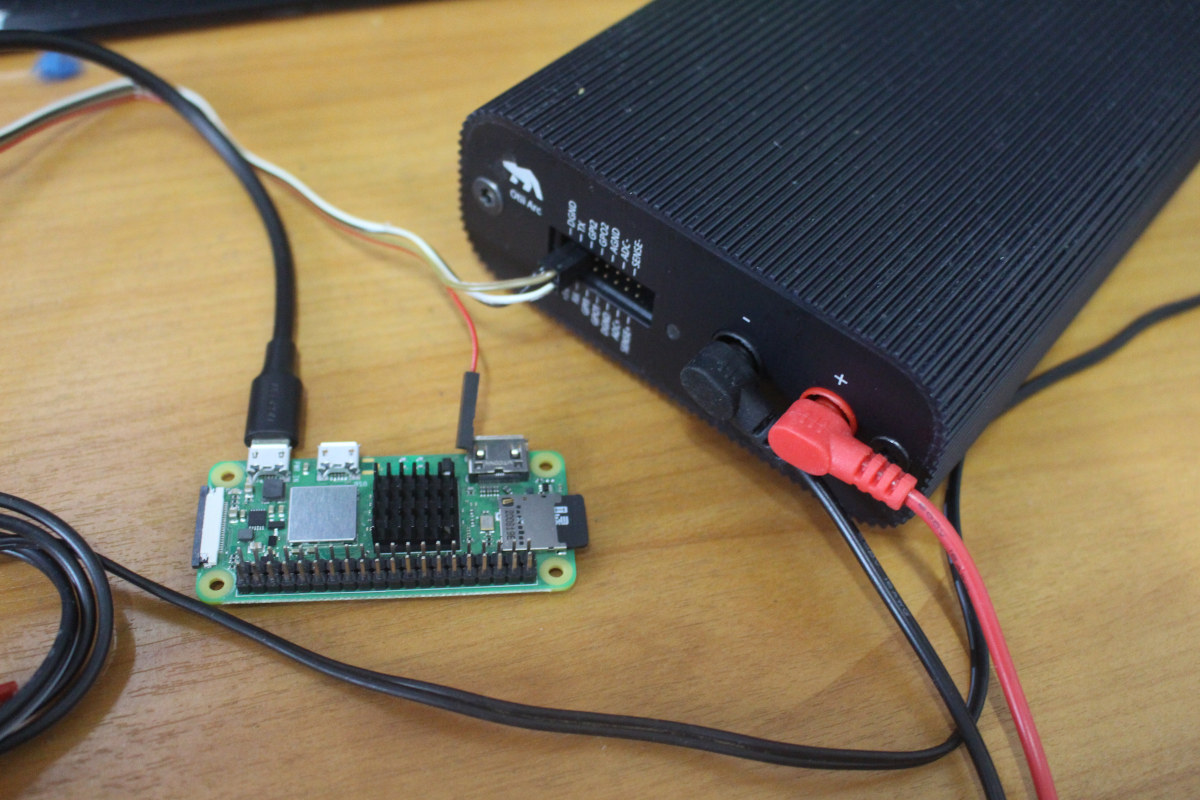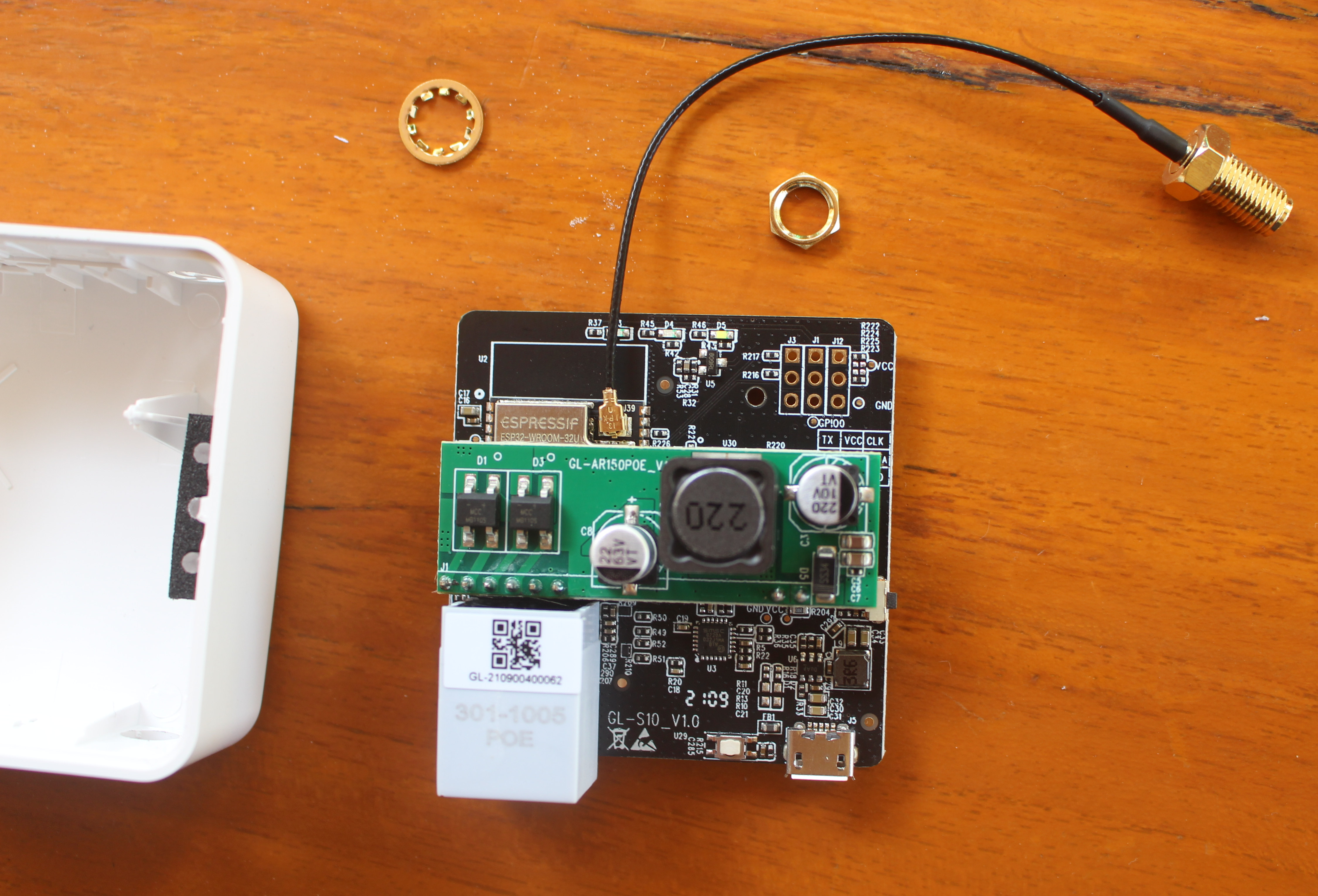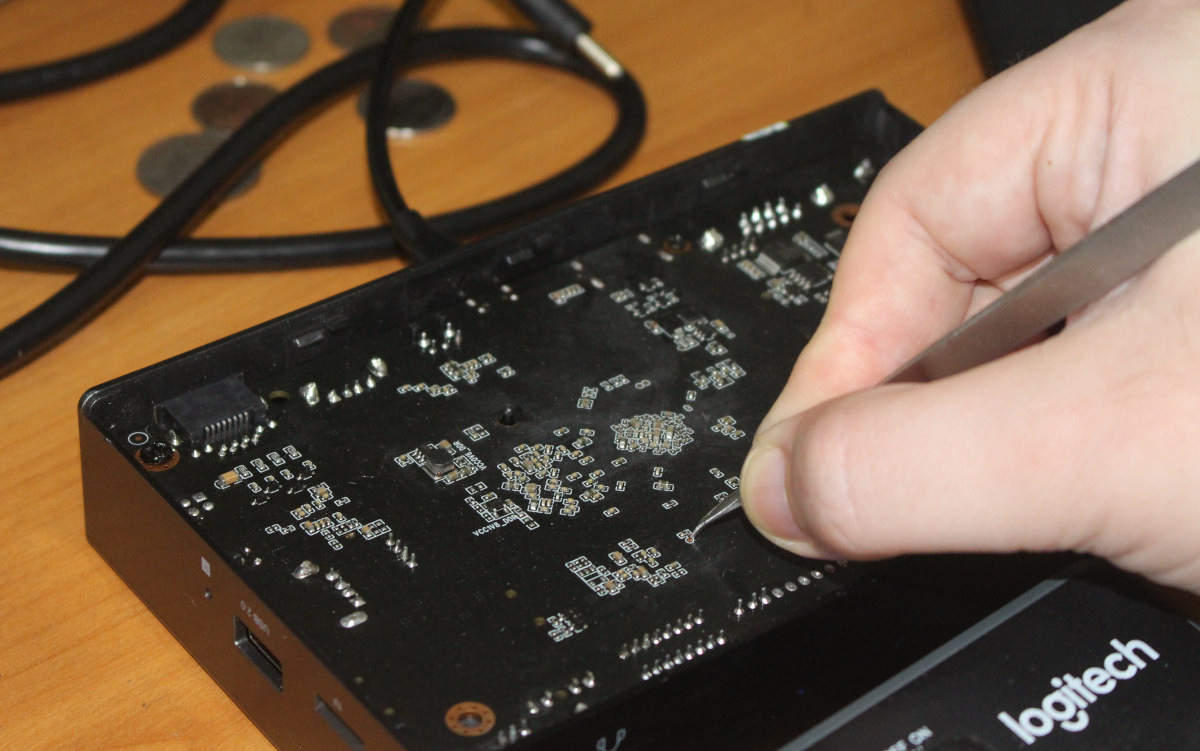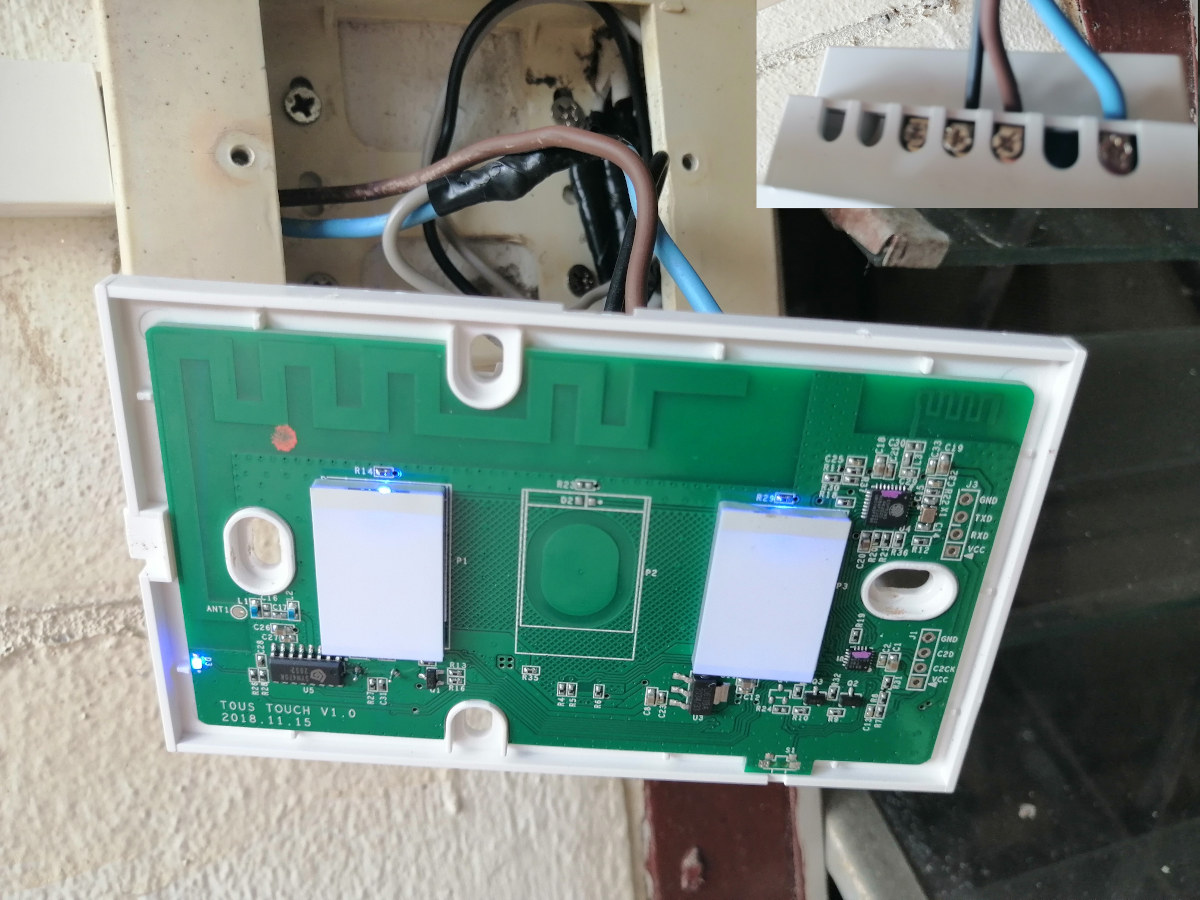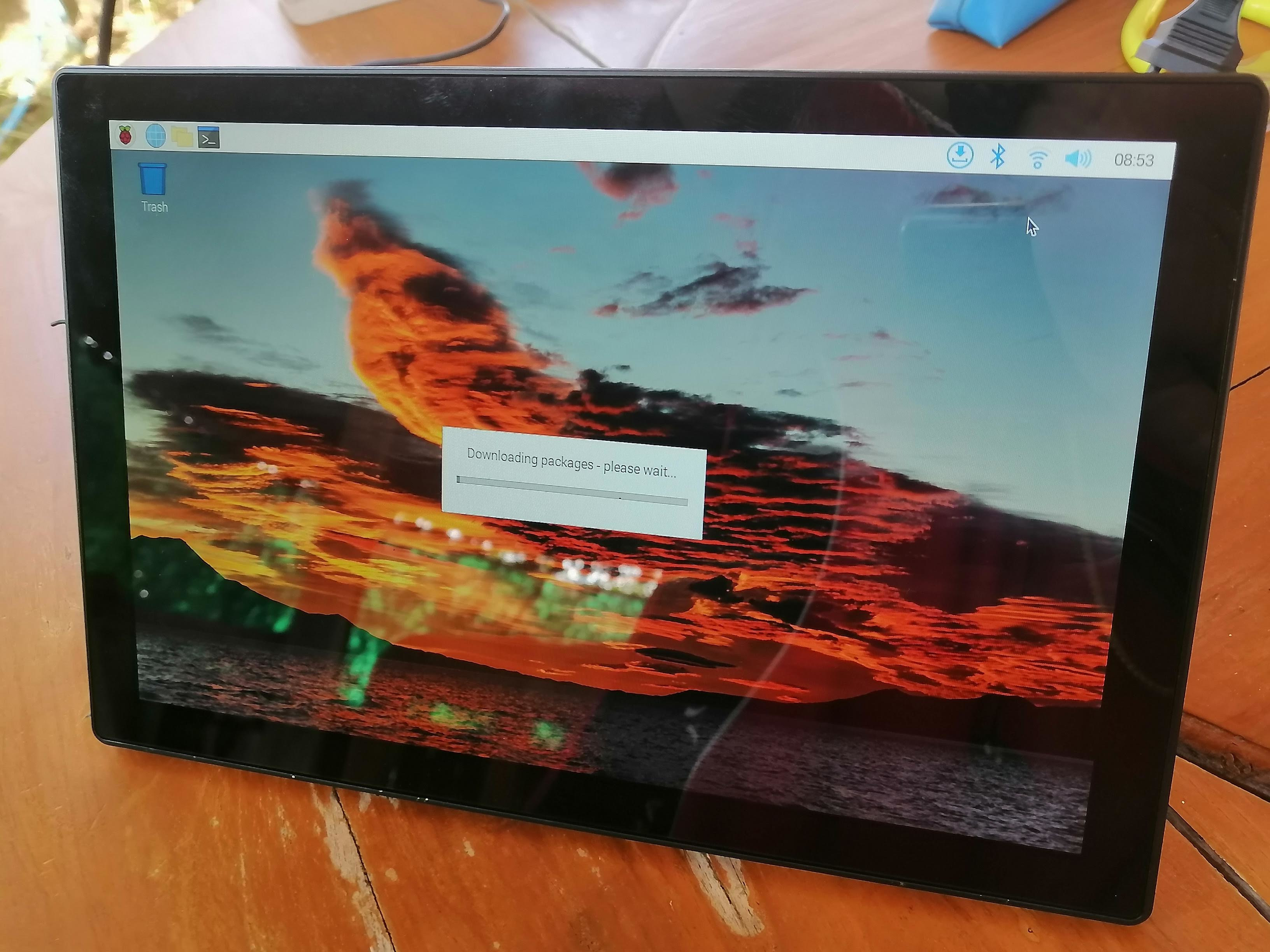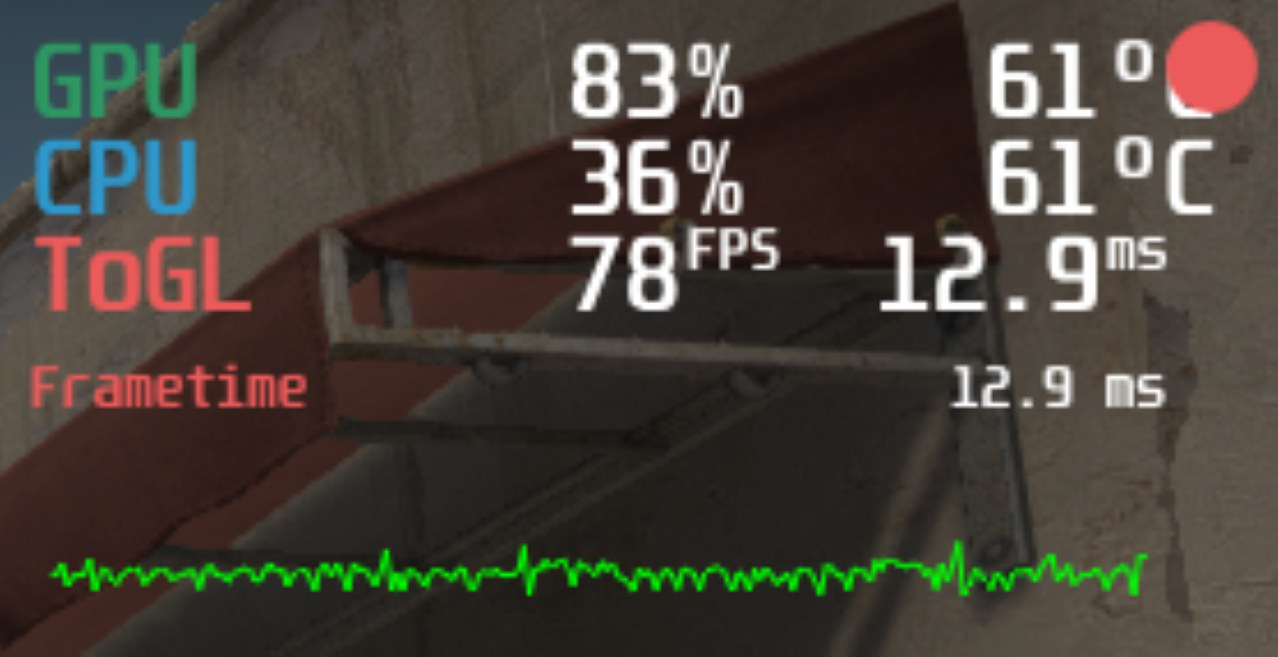AAEON’s UP Xtreme i11 Edge Compute Enabling Kit is an industrial mini PC based on the UP Xtreme i11 Edge single board computer powered by a choice of Tiger Lake processors and designed for edge applications for the industry. I recently got contacted by AAEON who sent me a version of the Edge Compute Enabling Kit with an Intel Core i7-1185GRE SoC, 16GB RAM, and a 128GB SSD pre-loaded with Ubuntu. I’ll start the review by checking out package content and interfaces, and teardown the hardware, before testing is with Ubuntu next month. UP Xtreme i11 Edge Compute Enabling Kit unboxing Customs took a keen interest in the package, opened it to check it out, and resealed it. But I eventually got the package, and customs their money… The package includes a 12V/6A power supply together with a power cord, EU type in my case, but the company will ask […]
Reolink Go Plus 4G smart security camera with solar panel – Unboxing and first setup
I’ve received several Reolink IP cameras either connected over WiFi or Ethernet, but the company has just sent me Reolink Go Plus 4G security camera together with a solar panel that would let me access the camera from anywhere with cellular network connectivity. Reolink Go Plus integrates a 4MP camera and supports person and vehicle detection, just like Reolink RLC-810A model I reviewed earlier this year. I have three Reolink cameras, and I’m somewhat satisfied except that the connection to WiFi cameras is often unreliable, and I have to rely on Cloud backup to play video captures most of the time. The Ethernet-connected Reolink RLC-810A has a much more reliable connection. So I’ll have to see if the Reolink Go Plus camera is more accessible over 4G LTE than WiFi cameras. I’ll start the review by checking out the packages and going through the initial setup for the Reolink Go […]
A deep dive into Raspberry Pi Zero 2 W’s power consumption
When I completed my review of Raspberry Pi Zero 2 W, I mentioned I would test the power consumption of the board later. It took a while, but I’ve finally come around it using Otii Arc from Qoitech and Otii software to provide some pretty power consumption charts, and even energy consumption. Since the Raspberry Pi Foundation recommends a 5V/2.5A power supply, I’ll first try to get as close as possible as 2.5A, then I’ll go through tricks to reduce idle power consumption to less than 75 mA / 375 mW, and finally check the energy consumption under various CPU core count and frequency. Raspberry Pi Zero 2 W Power consumption under load, with accessories I started with the latest Raspberry Pi OS Lite “Bullseye” image and connected my Raspberry Pi Zero 2 W board to Qoitech Otii Arc tools as shown below. It used to cost around $500, but […]
Review of an ESP32-based BLE to MQTT gateway – Part 1: GL.inet GL-S10 unboxing and teardown
GL.inet introduced the GL-S10 BLE to MQTT IoT gateway last month with an ESP32 module offering WiFi and Bluetooth connectivity, as well as Ethernet and PoE support. I got offered a sample for review, and just received it together with the optional BLE beacon. So today, I’ll first have a look at the content, and check out the hardware with a teardown. GL.inet GL-S10 unboxing The package shows us the main features with Bluetooth LE 4.2, WiFi, PoE, and external antenna, with GL-S10 described as a BLE IOT GATEWAY connecting IoT devices to the Cloud. The gateway ships with a getting started guide, an antenna, a USB cable for power, as well as the beacon which we can see with a 3M stick tape. On one side, we have the RJ45 connector for Ethernet and a micro USB port for power, while the other side features a reset button, plus […]
Tribulations with Linux on Zidoo M6 Rockchip RK3566 mini PC
After our review of the Zidoo M6 mini PC with Android 11, we’ve installed Linux on the Rockchip device, and we did boot to a Linux Qt user interface built with buildroot. Let’s try to see what we can do with the image, and then try Ubuntu from a competing mini PC to check out if that can work. Since there’s no package manager to install a screenshooting program, I tried to use the usual method to take a framebuffer screenshot.
|
1 |
cat /dev/fb0 > screen.raw |
It generated an 8MB file which looked good, but the content was just comprised of zeros.
|
1 2 3 4 5 6 |
$ ls -lh screen.raw -rw-r--r-- 1 jaufranc jaufranc 8.0M Nov 13 15:08 screen.raw $ hexdump screen.raw 0000000 0000 0000 0000 0000 0000 0000 0000 0000 * 07e9000 |
I asked Zidoo for a method to take screenshots in their Linux image, but I was told there weren’t any at this time… No worries, let’s try some of the applications in the Qt interface starting with the Multivideoplayer: It starts well with 9 videos of Big Buck Bunny playing simultaneously, […]
Setting up a motion activated light with Sonoff Zigbee sensor and T2 WiFi switch
Earlier this month, I received a Sonoff ZBBridge Zigbee gateway, a motion sensor, and a Sonoff T2 wireless switch in order to set up everything to work as a motion activated light using Zigbee and WiFi through the eWelink Android app and cloud service. You can check out the first post to have a closer look at the hardware and accessories. We’ve now had time to configure everything and will report the results of the project in this post. The idea is basically to detect motion with the Zigbee sensor, which then transmits the info through the gateway, and the T2 switch is controlled by the eWelink cloud. Last time around, I thought I had a switch with a neutral wire at home, but I did not check in detail enough, and I’ve been unable to use it. Without suitable switches in my home, it was not practical to rewire […]
10.1-inch Raspberry Pi All-in-One touchscreen display review – Part 1: Unboxing and installation
I’ve just received a 10.1-inch touchscreen display designed for Raspberry Pi model B boards with 1200×800 resolution from the EVICIV store on Amazon that also offers models with 1366×378 and 1920×1200 resolutions, and allows users to create an All-in-One computer based on the popular SBC. The product can also be used as a standalone display connected to an HDMI or USB-C (via DisplayPort Alt mode) source, so it could be interesting for all sorts of projects and not only ones relying on Raspberry Pi boards. In the first part of the review, I’ll check out the hardware, install a Raspberry Pi 4, and boot it to check out whether it works, before going into more details in the second part of the review. RPI All-in-One Touchscreen Display Unboxing The package lists some of the specs and highlights features of the device with a built-in stereo speaker, support for older and […]
Using MangoHud to check FPS, CPU & GPU usage on a ‘hackendeck’
Previously I followed Valve’s documentation to build a ‘hackendeck’ using a mini PC to emulate their highly anticipated Steam Deck. Interestingly the ‘hackendeck’ uses a Linux OS, specifically Manjaro, as whilst Valve based their earlier version of Steam OS on Debian, they have now switched to being based on Arch. If the ‘hackendeck’ had just been Steam on Windows then to review gaming performance I’d just use MSI Afterburner. Until now, however, for Linux, I’ve always had to estimate the average FPS as I’ve not been aware of a good reliable equivalent. Fortunately several ‘commenters’ recommended using MangoHud, a Linux open-source Vulkan/OpenGL overlay for monitoring FPS, CPU/GPU usage, and temperatures similar to MSI Afterburner. So now I’ve been able to capture the average frame rate for the games I previously tested and I’ll present them below. MangoHud Installation and configuration The installation of MangoHud was extremely simple. First I installed […]


